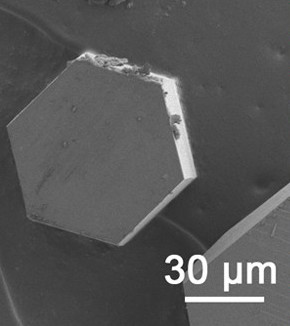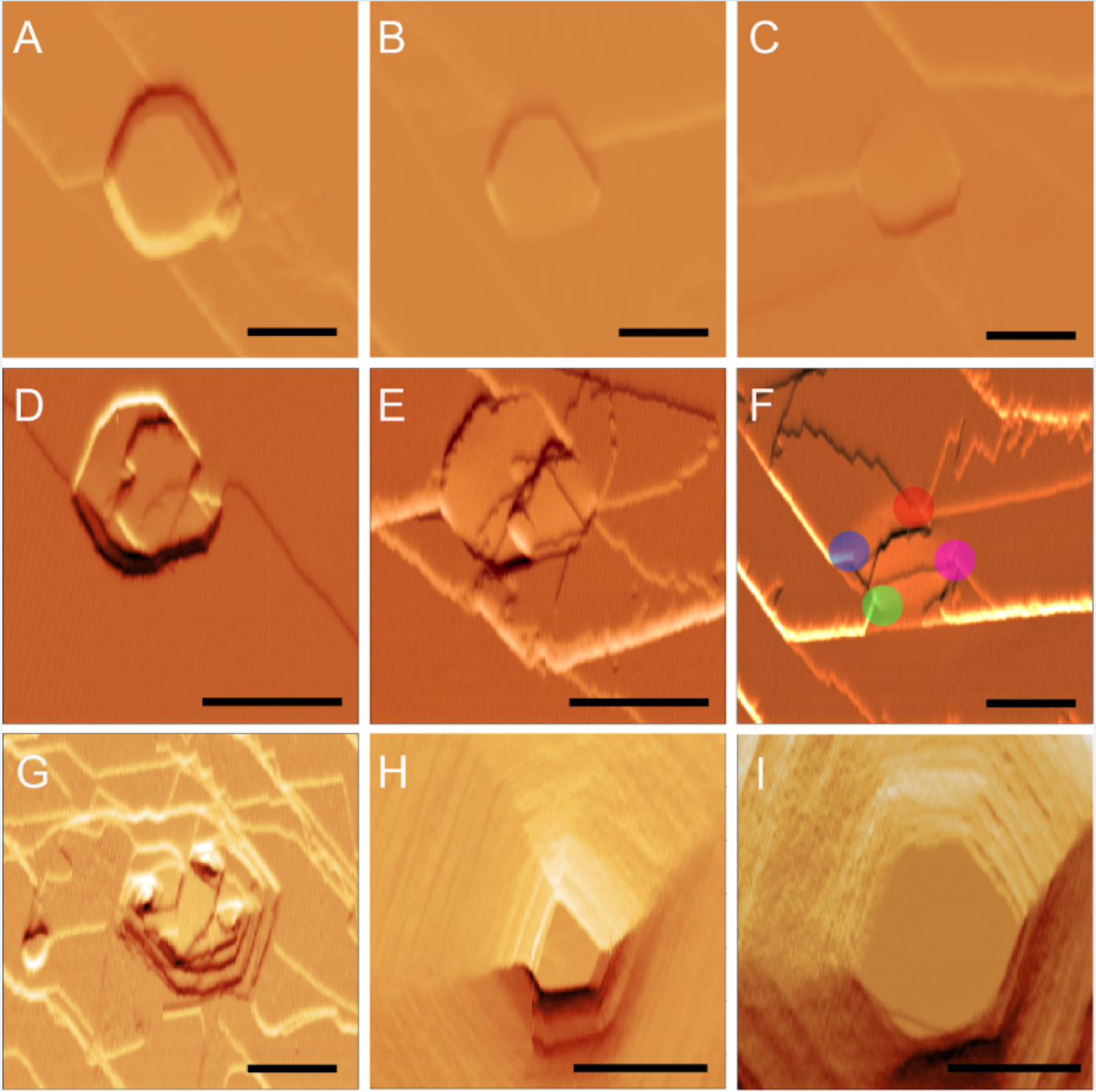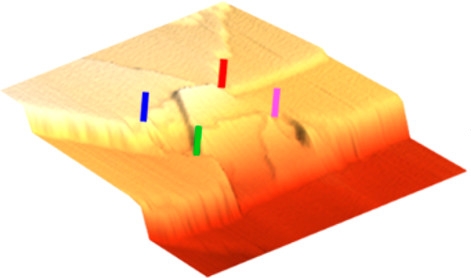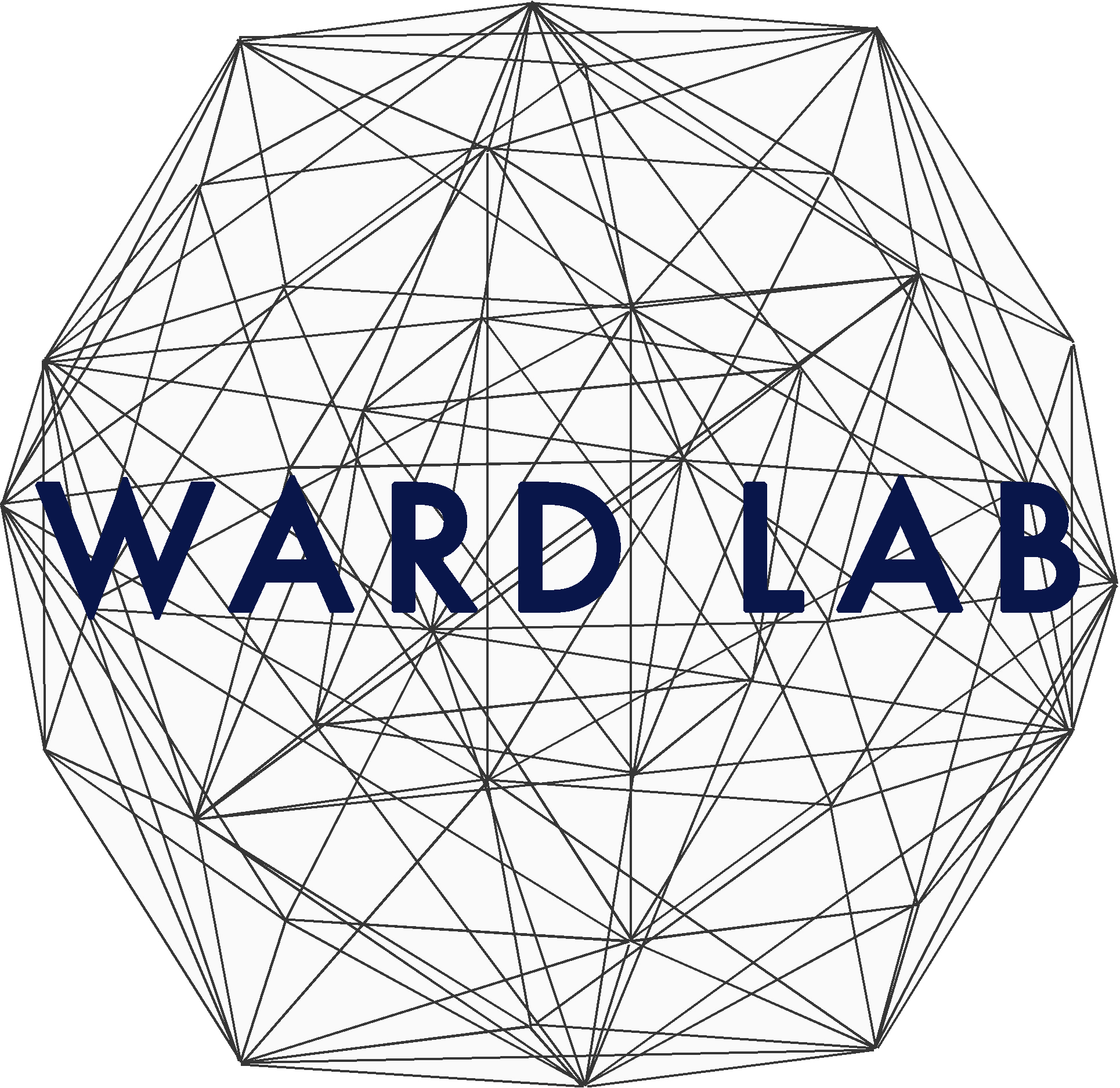Dislocation-actuated Crystal Growth and Crystal Growth Inhibition
Dislocations in crystals affect material properties and are essential for crystal growth near equilibrium, yet their genesis in the absence of external or internal stresses is unresolved. Real-time in situ atomic force microscopy (AFM) was used to visualize screw dislocation generation in L-cystine crystals during crystal growth. Statistics of dislocation generation from colloidal particles in potassium hydrogen phthalate (KAP) crystals were studied by etching method.



